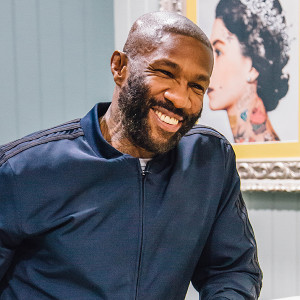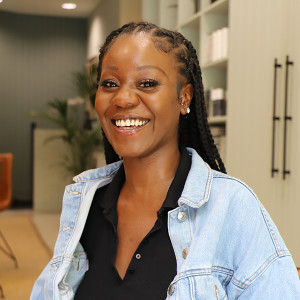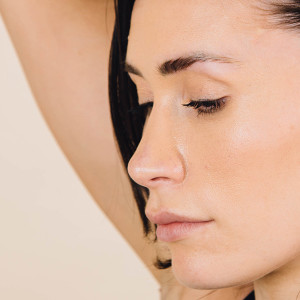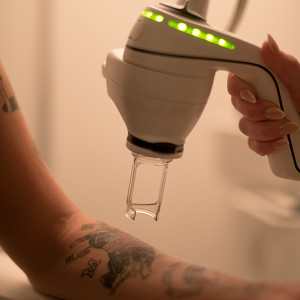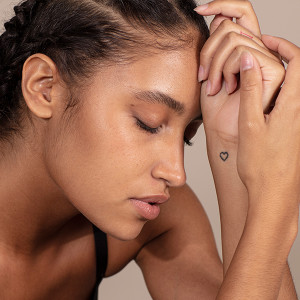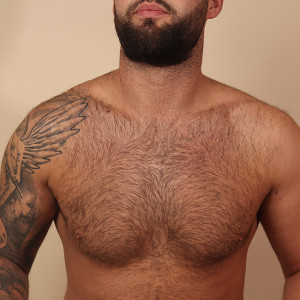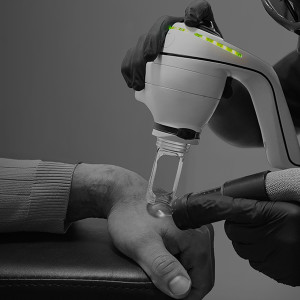June 2, 2022
The 1980s were all about tribal blackwork, single-needle tattoos, and the emergence of ‘new school’ ink
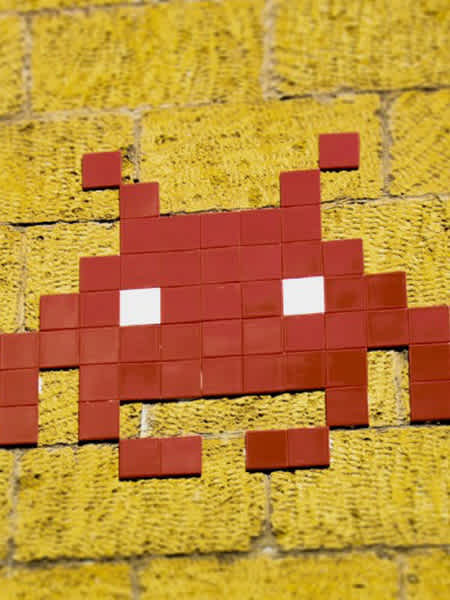

CHAPTER 2
In this shoulder-padded, hairspray-heavy decade, body art reached giddy new heights - and MTV had a lot to answer for.
Big hair, power suits, pop icons, punk bands, blockbuster movies, the birth of MTV and the fall of the Berlin Wall. This was the eighties in all its shoulder-padded, hair-sprayed and often tattooed glory. A time of both unchecked decadence and growing anti-establishment voices. The wildly different tattoo styles that flourished in this decade reflected these wild different energies of self-expression. “This was the decade of plastic surgery and people choosing to express themselves through wild hair colours and clothes styles. The 1980s was an era of rebellion and the punk scene exploded, encouraging the acts of rebellious self-expression amongst youth all over the world,” according to Cloak and Dagger.
Publish Date in article
Thanks to all of the experimentation that happened during the sixties and seventies, three tattoo movements emerged in the 1980s.
Firstly, things started to get a little more tribal – Polynesian and Native American influences found their way into the mainstream, and Celtic designs and motifs took off in popular culture. “Stark tribal blackwork began to be refined by artists such as Los Angeles-based Leo Zulueta, who was inspired by an interest in non-Western tattooing from places such as Polynesia and Borneo as well as historical Native American tattooing,” according to Anna Felicity Friedman, author of The World Atlas of Tattoos. Zulueta is widely considered “the father of modern tribal tattooing.”
“The Celtic knot tattoo seems to have started on the American West Coast in the 1970s and ’80s, part of a trend in tattooing called blackwork: big, black geometric designs — much bolder than the old-school mermaid or cobra.” Secondly, single-needle tattoos became all the rage — reigniting interest in hand-tattooing. “Also known as single-needle black and grey tattoos, they are generally tiny, highly detailed and not strictly but generally monochrome, typically formed of light, graphite grey lines and airbrush-like shading,” according to Tattoo Styles: Single Needle.
Publish Date in article
“If there is a tattoo artist who can be called a single needle “living legend,” it is Mark Mahoney, proprietor of Shamrock Social Club in Hollywood, CA,” the article states. “In the 1980s, Mahoney (along with Freddy Negrete, Charlie Cartwright and Jack Rudy) was instrumental in being a pioneer in the movement of the single-needle black and grey tattoo throughout Southern California. Mahoney spent years studying the work of tattoo artists in New York and Rhode Island — but it was in Long Beach where he discovered “fine-line black and grey tattoos that would become his signature style,” according to the LA Times. Thirdly, it was in the 80s that New School tattoos emerged: “cartoonish designs that often depicted characters doing unexpected things,” according to InkBox. This new style was “inspired by the pop culture of the 70s and 80s, with inks featuring busy scenes of cultural icons,” writes Authority Tattoo. “The colourful drawings pop off the skin with bold outlines, saturated colours and a lot of attention to detail.” Super Mario, He-man, MTV and cartoon characters all featured heavily in 80s New School tattoos.
Publish Date in article
Axel Rose of Guns N’Roses epitomised the rebellious, anti-establishment spirit of the 80s -and he had the tattoos to prove it.
British skinheads became some of the most enthusiastic adopters of tattoos - pushing the limits of social acceptability with bold facial tattoos, patriotic symbolism and messages. “It was the punks and related groups who were some of the first to choose to tattoo their faces for the sole reason of social disruption. Outcasted anti-social subcultures, particularly abundant in the lower classes of the United Kingdom, were turning their feelings of societal rejection into physical representations for everyone to see,” according to Underground Underdogs.
Publish Date in article


Derek Ridgers photographed many skinheads during the 80s and said the mentality behind the body art was “I know I’m never going to be a conventional member of the society like you, and I don’t want to be.” He explained, “the visual protest wasn’t limited to the UK however, with the North American punks also embracing the anti-establishment sentiment. At this moment in time, they of course weren’t very common to see or mainstream, and consequently very shocking,” he writes.
